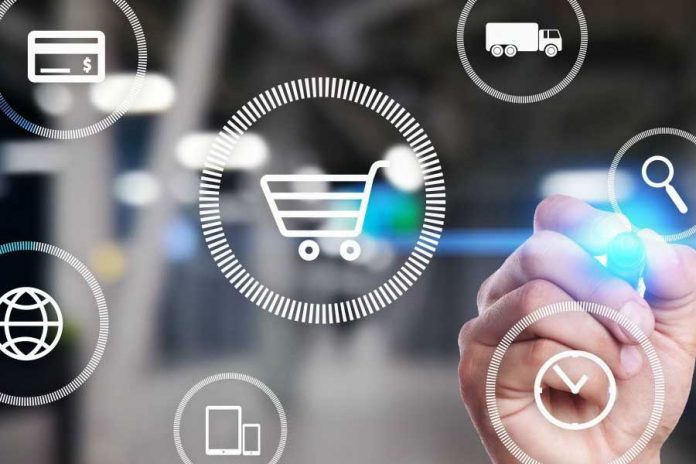The momentum has been building for years, but we’re finally living in a truly omnichannel world. Customers expect to move seamlessly between offline and online experiences, says Nandan Sheth, head of Carat and global digital commerce at Fiserv. Read his thoughts in the PYMNTS eBook, “In a Word: 50 Thought Leaders Sum Up 2021.”
A seamless experience that blends physical and digital shopping journeys is now expected by consumers. The recent surge in demand for online ordering and delivery, curbside pickup and buy online, pick up in-store (BOPIS) accelerated the shift to true omnichannel.
Enterprise retailers that were stuck in an endless cycle of “contemplate, test and pilot” regarding new technology and fulfillment models were suddenly thrust into “get it done” mode to implement solutions in weeks, even days. Retailers activated contactless and mobile wallet payments in-store and buy now, pay later (BNPL) payment choices online. Grocery and discount stores reconfigured for curbside pickup. Restaurants added pay-at-table with QR codes
It’s Time to Optimize for Omnichannel Payments
With all these changes, it’s clear that the old way of doing things has to change. The swift acceleration broke the “tinker, test and delay” cycle. Decision-makers have learned the value of being able to mobilize and innovate faster and better so that all payments can be made available in all channels.
Merchants now need to make all payment types available online as well as offline — not just traditional card payments, but also new emerging payments, from BNPL to pay-by-bank and EBT for grocers.
Merchants are Simplifying Omnichannel Tech
Merchants can save time and resources by consolidating systems, data, implementation and support for all channels — physical, digital and mobile. Bringing it all together not only provides merchants with a competitive advantage, but also allows customers to quickly identify and engage with brands.
Blending digital and in-store experiences starts with a robust set of developer-friendly tools. Merchants can reduce development cycle iterations with a self-service portal and omnichannel APIs. Precertified connectivity to multiple vendors, value-added solutions and processing endpoints via a centralized commerce hub can help consolidate vendor access, reduce development time and increase speed to market.
Challenges Remain on the Road to Omnichannel Commerce Nirvana
The need for speed in response to changing consumer demands has led to the development of technology that blends physical and digital experiences. In order to support continued growth and innovation in BOPIS, order ahead, integrated delivery and even social commerce, it’s not enough to bolt on short-term solutions.
Smart retailers are examining how to consolidate and optimize systems and processes to deliver true omnichannel experiences that are personalized and relevant.
To do this, merchants are turning to vendor partners that can provide not only omnichannel payments from a single platform, but also orchestrated and expanded experiences. For example, quick-service restaurants are adding delivery as part of their online order-ahead experience, and retailers are using data to improve consumer personalization for BOPIS experiences.
Finally, true omnichannel has been realized. Now, it’s time to optimize.









